I love fall, and I love pumpkins. To try to keep the spirit of the season alive, we usually keep a small pumpkin in the middle of our dining room table through to spring.
For years, we talked about growing our own pumpkins from the seeds of that one on the table after it had served its purpose as decoration. This was the first year we followed through on that.
Initially, the seeds were planted into three separate planters, in premium potting soil. With daily waterings, we had sprouts in all three containers after a few weeks. We then took the contents of two of those containers and planted them in two spots far apart in a side garden.
For the longest time, only the remaining potted plant showed promise. It grew aggressively and flowered continuously. Each bloom only lasted a day, but they were spectacular.
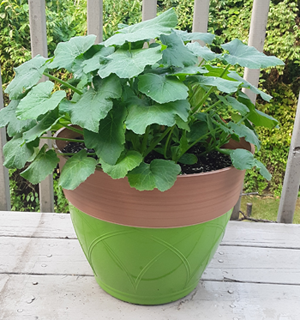
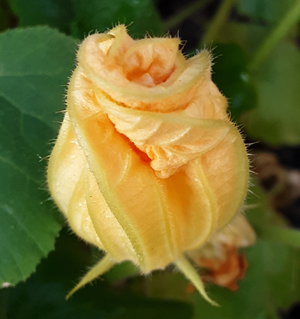
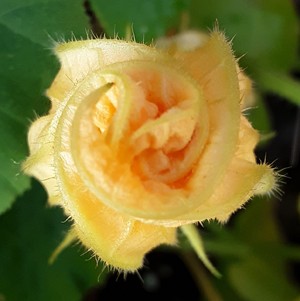
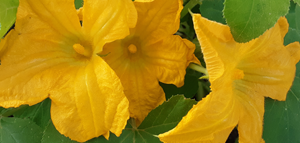

Unfortunately, all of the blooms were male flowers. Vines should eventually have both male and female flowers. Curiously, it seems the male flowers grow readily and the female not so much. Seems to me it would make far more sense biologically for there to be predominately female flowers pollinated be relatively few males. Regardless, our plants largely ended up being a sausage fest.
The two planting areas in our side garden weren’t doing as well. One, in particular, was not doing much and so I tried fertilizing it with used coffee grounds. For the longest time, there was no response, so I stopped doing that. For all I knew, I was fertilizing it too often or even too much each time.
Then the robust plant in the pot died rather suddenly, and before any female flowers bloomed. Then the one planted in the ground, but not receiving coffee grounds, withered.
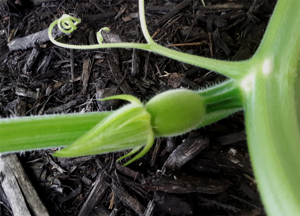
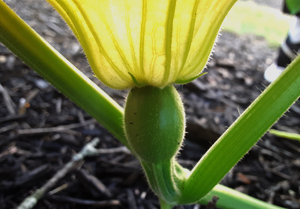
This left the literal late bloomer, the one I thought would never survive, to grow into a single vine. But, most importantly, that vine actually developed a female flower. This is evident by the bulb at the base that, if pollinated, will result in a pumpkin. I was tearing off all the male flowers in bloom at that time and just smooshing them into the female.
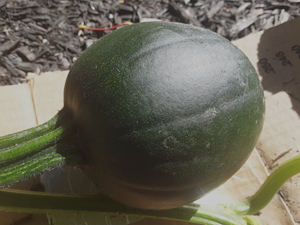
Now all there was to do was wait and see how successful I was. The growth was slow but steady. To prevent it from rotting, I would routinely swap out cardboard from under it.
The fruit was a solid green, though I thought it would eventually turn orange. After it had no longer appeared to grow in size for a couple of weeks, I reluctantly clipped it off the vine.
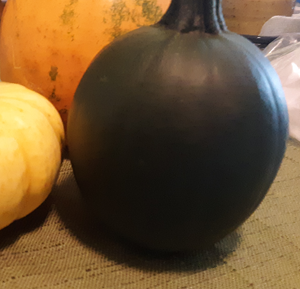
So, after six months of diligent work across three plantings, we have a bumper crop of one pumpkin. It amuses me it is such a solidly green one, as that seems about as quirky as everything else we do. Now taking pride of place on the dining room table, its seeds will be used next year to try this experiment again. God only know what the results will be next time.

UPDATE: about a month later, the pumpkin is becoming progressively orange. At this rate, it will soon not have any green left at all. This seems to be a pumpkin with a strange personality.